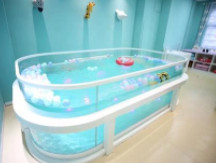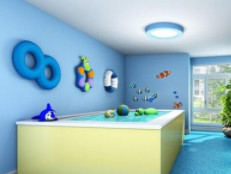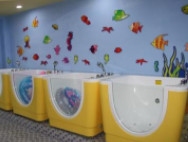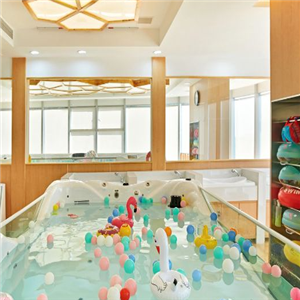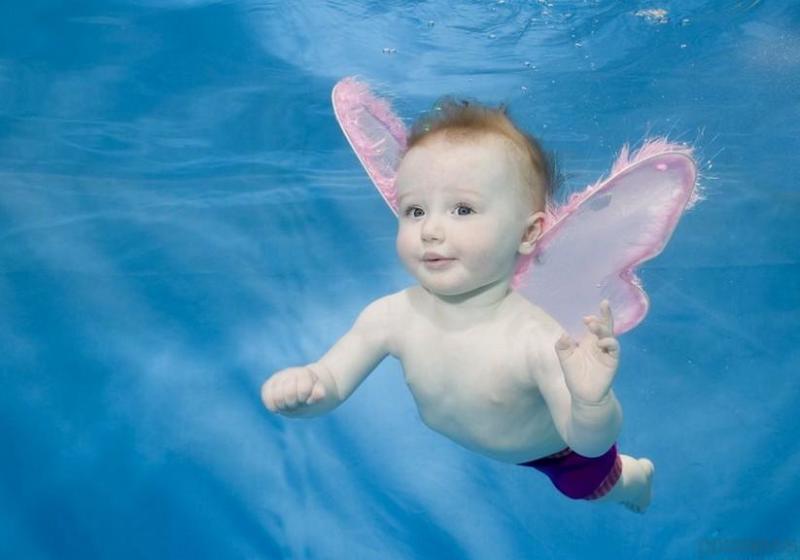Baby swimming
Basic Introduction to Infant Swimming
Advantages and disadvantages of baby swimming
Baby swimming preparation
See more "Baby Swimming" franchise projects
“ Baby swimming ”Related franchise projects
-
Products: Baby swimming Number of stores: one hundred and nineteen -
Investment amount: -
10000~50000
-
Consultation: -
zero people
-
Requested: -
one thousand and thirty-six people
Kunming Xiaoyu'er Maternal and Infant Management Co., Ltd Panlong District, Kunming, Yunnan -
-
Products: Baby swimming pool Number of stores: one hundred -
Investment amount: -
100000~200000
-
Consultation: -
zero people
-
Requested: -
one thousand one hundred and twenty-seven people
Shandong Moqi Education Technology Co., Ltd Quan, Lixia District, Jinan City, Shandong Province -
-
Products: Baby swimming pool Number of stores: one hundred and sixty-seven -
Investment amount: -
200000~500000
-
Consultation: -
zero people
-
Requested: -
eight hundred and seventy-two people
Beijing Saturday Education Technology Co., Ltd Haidian District, Beijing -
-
Products: natatorium Number of stores: three hundred and thirty-two -
Investment amount: -
500000~1000000
-
Consultation: -
zero people
-
Requested: -
nine hundred and seventy-four people
Wantai Infant Swimming Equipment Co., Ltd Pudong New Area, Shanghai -
-
Products: Baby swimming pool Number of stores: seventy-four -
Investment amount: -
50000~100000 yuan
-
Consultation: -
zero people
-
Requested: -
nine hundred and seventy-two people
Yumi Yumi Baby Swimming Pool Headquarters Jing'an District, Shanghai -
“ Baby swimming ”Related questions and answers
-
How much does it cost to open a baby swimming pool -
How much is the joining fee of the baby swimming pool -
How much does it cost to join the Angel Baby Swimming Pool -
Can Yule Beibei Baby Natatorium be joined? How much is the joining fee -
Which is the best franchise store of baby natatorium -
Which is the best place to join the baby swimming pool


